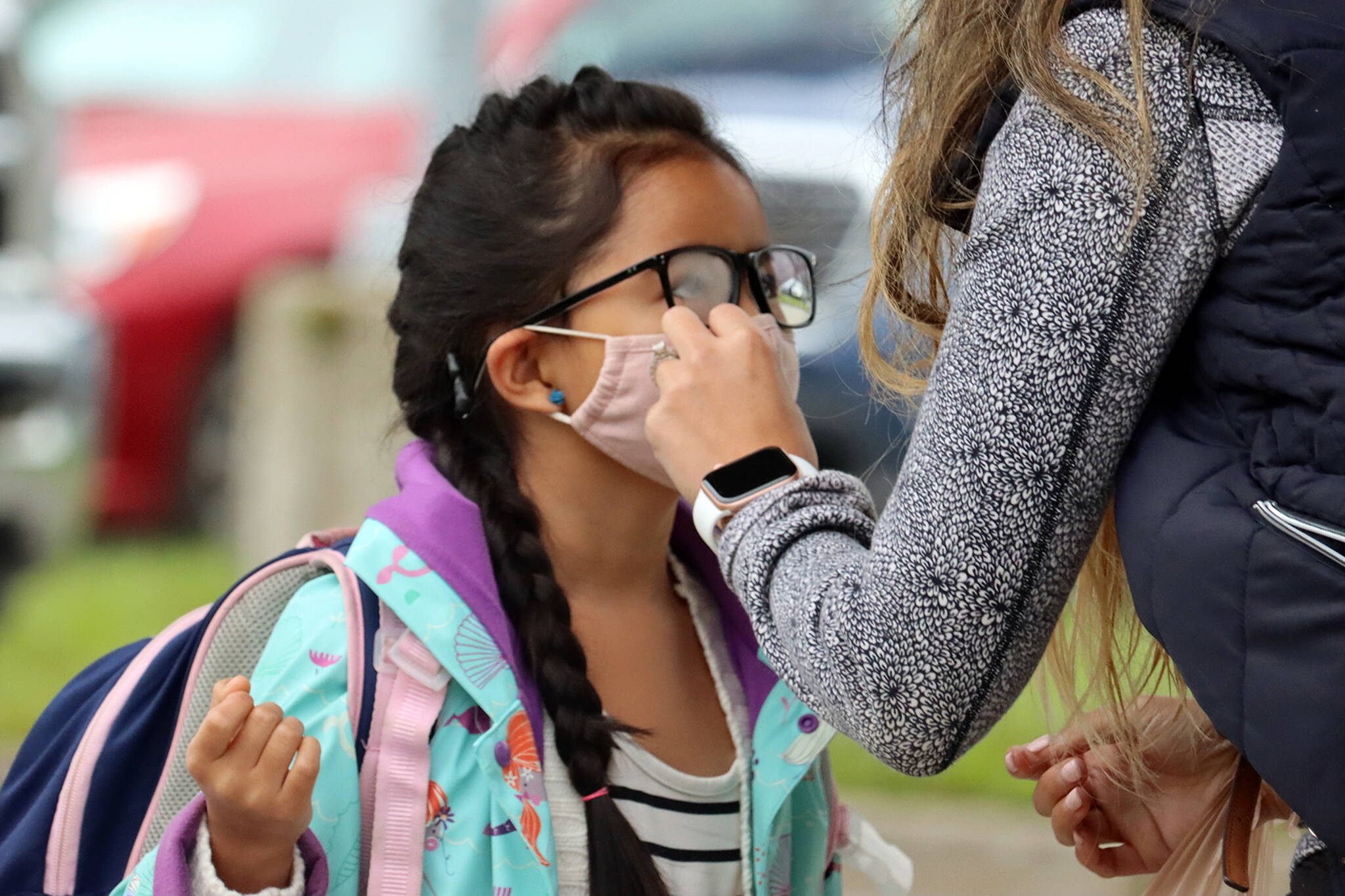A site run voluntarily by two B.C. moms has quickly become one of the only sources of information on COVID-19 exposures in schools this year, after the province announced it would only publicize information if it turned into a cluster or outbreak.
Kathy Marliss heads the BC School COVID Tracker, which crowdsources letters and emails sent to individual parents and publishes their exposure information in a mass 78-page online spreadsheet. The result is a semi-comprehensive look at COVID-19 exposures, clusters and outbreaks in schools across B.C., dating back to September 2020.
When the Richmond mom started the site a year ago, it was to create an accessible database for concerned parents, drawing on publicly-available health documents. This school year though, those documents are usually only being sent to the caregivers of students at the highest risk of having been exposed, leaving the rest of the school community in the dark.
“We’re furious because that little bit of information we got was our only life line for making informed decisions,” said Marliss, who has two children and an immunocompromised husband.
Marliss and a Vancouver Island mom now spend hours each every day collecting and verifying messages from parents and school administrators across the province, informing them of exposures in their schools. Of course, relying on voluntarily-submitted information means the BC School COVID Tracker will likely never capture the full picture.
“Our database is only a fraction, a snapshot of what’s truly going on in schools,” Marliss said. Still, the site has reported more exposures in schools so far in September than in the entirety of the month last year. Overall, COVID-19 cases in the province are also far higher now than at the same time last year, with an average new daily caseload close to 700 so far this month, compared to 100 in September 2020.
In justifying its decision the Ministry of Health, in a statement to Black Press Media, said it heard from families last year that school-wide notifications were anxiety-inducing. It also stated increasing vaccination rates should protect students and staff and that there is a low risk of transmission in schools.
Marliss disagrees.
“The letters never caused anxiety. The vagueness, the lack of information in those letters is what did,” she said, noting parents were never told what classes or grades were affected, only that there was a general school exposure. Now, Marliss said, the level of anxiety has only heightened.
Victoria parent Elizabete Costa said her worries extend beyond a lack of information to inadequate contact tracing, after her 10-year-old son tested positive for the virus in the first week of school. Costa said she informed her son’s school about his COVID-like symptoms on Sept. 8, and the principal told her there was nothing they could do until public health directed them.
Two days later, on a Friday, Costa’s son officially tested positive and Costa immediately informed the school. But, it wasn’t until the following Monday that Costa said a public health letter was issued at the school, at which point she had no idea how many students could have spread the virus. The risk of transmission is notably lower for vaccinated people, but in a middle school such as Costa’s son attends, the majority of students have not received their shots.
Costa also contracted COVID-19 as a result.
With more than 50,000 people following the BC School COVID Tracker page on Facebook, it would appear many others agree.

